Training for the NYC Marathon
On November 7 I’ll be running 26.2 miles in the New York City Marathon.
For the past three and a half months I’ve been training for this day and consciously pushing my body to its limits to prepare for this event.
It’s hard to believe, but it was over two and half years ago that I set out on this journey. I joined the New York Road Runners in May 2019, and I spent the second half of the year completing the 9+1 program to qualify for guaranteed entry to the NYC Marathon in 2020. The course to get here was unpredictable, and last year’s much anticipated 50th Anniversary race was cancelled due to the global pandemic. But finally, in less than three weeks I’ll be making my way to Staten Island to join the 33,000 other runners participating in this 2021 marathon.
Running 26.2 miles is a challenge, an extreme physical feat. It’s an exhausting long-distance effort that most healthy bodies aren’t capable of doing, at least not without practice. Proper training and preparation are crucial when planning to run a marathon, and even though I haven’t completed one yet myself, I wanted to share some of the most important things I’ve learned while marathon training.
Why I Decided to Run a Marathon
Many people think that running a marathon is crazy. I’ve mostly received warm and supportive reactions when I told people I was training for it, some excited even, but others looked at me like I had four heads. Why put myself through that torture? I get it… it’s painful, tiring, stressful, boring… to put it plainly, there are many reasons not to run one. It’s not for everyone!
But there are also a few reasons why you may want to. For me it really started with the goosebumps I got while watching the race as a spectator of the NYC Marathon. I would make my way to the Upper East Side each marathon Sunday and join the hundreds of thousands of fans to cheer on the marathon runners.
Imagine the energy of the crowd watching the runners as they descend the exit ramp of the Queensborough bridge. That long slow incline that starts in Queens and stretches into Manhattan is over one mile long. There are no crowds, no cheers, no noise at all. So quiet you can hear yourself breathe, along with the thousands of humans around you inhaling and exhaling, stepping one foot in front of the other. Until you begin to hear something in the distance. It starts as a distant noise that grows slowly until it’s right there, and you’ve made it – cheers, screams, cowbells, horns.
The whole city is there for you, pushing you forward and cheering you on with such pride and jubilation that you almost forget you have 10 more miles to go.
Seeing your friends and family who have come from near and far.
Crossing that finish line you worked so hard to get to the last TWO YEARS.
Those are the reasons to run this race.
Not only are these my own reasons, but it’s often what I’ve envisioned to get me through any moment of pain and doubt I’ve had during training.
It is such a proud day for New York, a reason to come together and celebrate. The spirit of the city is so alive, and being in the crowd is exciting and joyful. It gave me goosebumps to watch these people accomplish such an incredible achievement. I was so immensely proud of my friends who were doing it, these people who had now become superhuman in front of my eyes. While I had drank a beer with them on marathon Sunday the year before, now they were out there on the course themselves. I was always so amazed and inspired by these marathoners, and I wished I could be a marathon runner myself.
Now, I love running, but I’ve always said I didn’t think I was capable. I couldn’t run a marathon. On a short list I blamed my endurance, self-discipline, my wide hips, and my bow-legged body. I didn’t look like a runner, and I wasn’t built like one. As someone who frequently felt knee pain, cramping, and sore muscles when training for a half marathon, there was no way a marathon was in the cards for me.
How could I push past these physical constraints? But I kept thinking about it and decided that one day I would check it off my bucket list, like I had when completing a half-marathon.
I ran the Westchester Medical Center Healing Half Marathon (also called the Westchester Half) in October 2014, in honor of my dad. In July 2014 my dad suffered a heart attack. After a weeklong coma, open heart surgery, and weeks of recovery at the hospital, he was finally discharged and able to return home. Like my dad, my family and I had gone through the unthinkable. I’ll never be able to express how difficult that time was for all of us, living in a hospital wing in fear and unknown. We each coped differently. I personally felt such gratitude that he survived and got a second chance at life, and more time with us.
I decided to run the half marathon in support of his recovery and to fundraise for a cause that would help save others like him, the American Heart Association. My unbelievable friends and family championed around me and donated over $3,000 for AHA. Though the money was going to a larger organization it felt like every donation had somehow supported my family, because of what we had just went through. I was extremely grateful and proud of myself for completing the half. But after experiencing such generosity I never wanted to ask more of them. I decided that if I wanted to do the marathon, I would have to get there on my own.
How to Get into the NYC Marathon
One of the most difficult parts of the New York City Marathon… is simply getting in. You can qualify for guaranteed entry, you can fundraise for NYRR Team for Kids and pledge $2,500 or another official charity partner and pledge $3,000. You can also enter to win a spot in the lottery (not an option during Covid). The last option is to apply for entry through an international travel organization.
Typically, there are over 10,000 charity runners, which is amazing. Each year this group raises millions of dollars towards a vast range of causes, over 450 different charities in fact. In 2020 the goal was to raise $50 million for the 50th anniversary. Fundraising is one of the best aspects of the NYRR organization, and it creates such a positive energy surrounding the marathon. So many people are running for something greater than themselves; a cause they believe in.
As I said earlier, for personal reasons my decision was to achieve guaranteed entry through the NYRR 9+1 program. Run 9 races, and volunteer at 1 race, and you will automatically be guaranteed a spot in the marathon. I completed my last race in December 2019 and received confirmation in the Spring I had my spot, until the marathon was cancelled in 2020. At one point it was unclear if the marathon this year would happen, or if those who had guaranteed entry would still be guaranteed. But I got very lucky in securing a spot in 2021 after applying. Many people who requested to run this year were allocated to the 2022 or 2023 race instead, as the field size was limited due to covid precautions and international travel restrictions.
It’s not always an easy process, but it’s worth it. If you’re interested in fundraising but worried about meeting the minimum pledge, then you should explore a corporate team or if your company does donation matching. And feel free to reach out to me if you have questions about the 9+1 program and the process for guaranteed entry, and I can share more information.
Choosing a Training Plan
I thought a training plan was going to be my bible during this time. I spent hours comparing plans and seeking advice from friends who have run a marathon so that I was sure I would be following a solid plan that could not fail me. The problem is that a training plan may guide you, but it’s not going to keep you accountable. You can print it out and pin it to your wall, write it down, set calendar reminders. At the end of the day a training plan is only good if you follow it.
As committed as I was, I knew that the unpredictable nature of my new job would never allow for a strict day by day schedule of workouts. So I referenced a plan, and made updates as I went. If I couldn’t work out one day due to working late, dinner plans, or simply snoozing my alarm clock then I would make up for it with a substitution work out.
The plan helped to make sure I was on target with my weekend long distance runs, while slowly increasing my weekly mileage. It’s important to do both, but your legs are bound to get tired as you challenge yourself each week. Working in days for rest and recovery are just as necessary and important to a good training plan as the workouts themselves.
Though there are many different training plans out there, I chose an 18-week plan. That’s a long time to train, but I was given great advice by my friend Michelle who ran the marathon a few years ago and had an incredible experience: everything you do to prepare early, is going to help you feel better that day and recover faster. I wanted to have a great experience too, so I decided to adopt this way of thinking and put the work in this summer.
Though I would consider myself a beginner, I made sure I could comfortably run 6 miles by July when my training officially began. That meant only 20 miles more to go, but at that time it felt impossible. Even the 2-mile runs felt like a challenge in that summer heat, and I wasn’t feeling very confident. Despite taking a few days off while on vacation I reached a 10.5-mile milestone in mid-July. The following week it was 12 miles.
Slowly but surely each week, I could go a bit farther, and run a little longer. I could see the positive effects of my conditioning and felt more hopeful. By September I had reached the 20-mile milestone, 7 weeks before the marathon. I have now run that 20-mile distance four different times. And trust me, that wasn’t on the original training plan! I was encouraged by my running club to keep at it, and I’m glad I did. I not only built the strength I needed to run this distance, but the confidence I craved going into the marathon.
Joining a Running Club
During the races I was doing in 2019 I became aware of the cities many running clubs. I assumed these clubs were for very dedicated and competitive runners. I learned this was not the case.
Some were purely social and for fun! Some were specific to a shared interest, or a common cause. Some required membership dues, and others were free. While out for a walk on the west side highway one day I stumbled upon a group that had a few people wearing matching shirts that said Paragon Running Club.
So I did some research on the club, and found out it was free to join and required no commitment. Sounded like a good place to start! I contacted them to see if I could get more information and they said they would send out an email that Sunday with all the runs for the upcoming week. I was added to the listserv to receive a weekly schedule and could opt out whenever I wanted.
The run that worked best with my schedule started at the Paragon Sports store in Union Square on Tuesday nights. I was a little nervous the first time, not sure what to expect or how to find the group. A store associate pointed me in the right direction and I introduced myself as a new member to Coach Brian, the organizer for PRC. I got a t-shirt, a few friendly introductions from other runners, and a pretty good workout. I went a few times in 2019 with plans to return more regularly when marathon training began.
Re-joining them this summer was the best decision I made in my training. I can’t say how much this running club has welcomed me, guided me, supported me, and inspired me. I was provided with a solid training plan via email, that I could’ve taken and done independently. But joining PRC for my weekly workouts has become something I look forward to. The Tuesday night tempo/speed runs have successfully increased my pace through interval training. The weekend long distance runs have pushed me and educated me.
I always thought of running as a solo sport. (I’ve jogged with friends in the past or my dad and brother on occasion. Running with Ryan who is much faster than I am often leaves me breathless). In running alone, I found peace to quiet my anxious thoughts, clear my head and process my feelings. In running as a team, I found joy in sharing something I loved with others and watching the time pass by faster in conversation.
I didn’t know what to expect out of this experience, but much like the races in 2019 I feel I’ve made a place for myself in this community. I owe a lot of my confidence going into the marathon to Coach Brian and the Paragon Running Club.
Fighting Through the Doubt (And Pain Too)
Training for a marathon is not just physical. You know there will be pain to overcome, but did you prepare for the mental hurdles?
There may be adjustments and sacrifices made during marathon training.
Early mornings that start before dawn. You’ll watch a lot of sunrises.
There will be aches and pains that linger for days and leave you restless.
You’ll miss out on some things, and feel like you’re selfishly prioritizing your training over other people and things that matter to you.
I’ve always heard of this phrase called “hitting the wall” which happens late in a marathon around mile 20. Everyone knows about it and fears it. You’ve come so far and yet your body starts breaking down before the finish with cramping and fatigue. Proper training, fueling, hydration, and preparation should help a runner avoid or overcome this feeling. But what about all the mental walls you face along the way?
Here are some mental walls you may face, and tips for how to face them:
Don’t be hard on yourself: Mentally you are going to feel exhausted at times. You’ll want to quit. You’ll want to skip a run. When this happens, think of all the reasons you wanted to complete this marathon. Think of the people who inspire you. Try to muster the will and determination you need to get through it. But know that its ok to take a break from training. Mentally, you need to take of yourself. Go have care-free days that are fun and normal. Clear your head!
Physically, you will also need to take breaks. It is so important to listen to your body during this process. In September I had a very long work week culminated in working our NYFW runway show where I was walking the length of a football field back and forth all afternoon into the evening. I clocked nearly 16 miles in movement which I had not anticipated. The following morning I was supposed to run 18 miles, and I knew I didn’t have the energy in me to complete the workout. My feet hurt and were blistered from my shoes. I decided to cut back and do 10 miles instead. For a week afterward the muscles in my foot felt strained, and I had to revise my workout plans to accommodate for this muscle strain. Even if I wasn’t making progress, it was safer to take care of my body rather than letting myself risk a worse injury.
Sometimes things come up or life gets in the way and may derail your plans. Then I feel guilty about it because I singed up for this and I have only myself to blame.
But missing one run in the week is not going to make or break it. Neither is a slow run. Or a run that’s only 75% of the distance you planned for. Any time you get out there and are moving and active you are doing alright.
Keep things Interesting: Sometimes the repetition of the same runs will create mental fatigue. If I ran the same route on the East River path five days a week I would go insane. You never have anything different to look forward to.
One of my favorite parts of a long run is plotting a great course and keeping my mind active while on the run by adjusting as needed. I also try to diversify my workouts not only so that I’m working different muscles, but so that working out doesn’t feel the same or boring. I always try to run at least three times a week, and layer in some Peloton cycling classes, core workouts, barre and yoga depending on what I’m’ in the mood for. And remember, a walk around the block is better than nothing.
Get ahead of the pain: Don’t fear the distance because of the recovery. If you’re training right your body will know what to expect after the run. My first time running 20 miles I had pushed myself a little too far on a hot day to make up for some lost distance the week before when I was hurt. As a result I was very sore for two days.
No matter what I did to combat the pain, my muscles had built up lactic acid and were reacting. My stomach was in knots, my dehydration was intense. I learned my lesson on increasing steadily and vowed to be more consistent. I have not felt sore like that since thanks to a thorough recovery ritual of a cool down walk, stretching, showering, hydrating and using my Theragun. And I truly believe that the quicker recovery shows the results of proper conditioning and strengthening your muscles on a daily basis.
Know What To Expect: The end of the race is going to be the hardest part. Your body is tired and sore, and yet you have to cross two bridges in the Bronx, a slow incline up Fifth Avenue, all before you reach those Central Park hills. Even the last .2 miles are uphill. Rather than fearing the finish it helped me to process those last 10 tough miles by learning them and conquering them before the race. The first time I ran the course it was as part of a route I did with the running club to complete the last 20 miles. The second time it was a course to complete the second half of the marathon, and already it felt better. I ran it faster knowing what to expect and when to put my energy in. And next week I’ll do my last distance run before the marathon, the last 10 miles of the course.
For those Tough Hills: Turn up the volume and let the music push you through it. It’s hard, but you didn’t come this far to give up now. Run through that hill, because for every burning uphill climb there is a breezy downhill descent awaiting you!!
My favorite song for those hills is also the song I plan to play for my last 3 minutes of the marathon. You’ve Got The Love by Florence & The Machine is sort of an anthem, feel free to borrow!
Know you are one day closer to finishing: Some runs are hard. Even a 2-mile jog can be difficult if you’re running on empty or feeling sore. Just know that every run you complete brings you closer to finishing your goal.
Two weeks ago I felt like I was hitting a wall. I had done the training and felt ready to run this marathon and move on. But I still had a FULL MONTH before the race. Work was kicking my ass, with late nights on the computer and bad nights of sleep tossing and turning. But it comforted me to know that many runners hit a point like this during training. The race will arrive soon enough and you have to remind yourself you’ve done everything you could to prepare for it.
Trust the Process: I’m currently in the process of tapering my runs. This felt incredibly strange for me, that instead of getting stronger and more comfortable in the distance I would actually need to slow down and cut back, reduce my weekly mileage. Runners World appropriately calls it '“the stress of waiting with nowhere to go” - you are anxious for the upcoming run and your energy is quite literally being re-focused to keep calm rather than running it out.
Here’s why you need to listen to the experts and taper before the marathon. You’ve already hit your max distance that you were working to achieve so you know you can add the few more miles on race day. By design your body is prepared to for that again. By tapering you will let your body recover fully before race day and feel fresh. The way you taper can depend on your own individual needs, but overall it’s beneficial to any athlete to recover your sore muscles before the big race.
Read more about the art & science behind the taper here if you are interested! Great article by Runners World.
Fueling for a Marathon
While I’m running, I am extremely aware of how my body is feeling. From early on in my training I could notice a difference with my energy levels and performance on a day-to-day basis depending on my preparation. And this isn’t based on how healthy my food is, my quality of sleep, or my focus. It is mostly based on when I eat, what I eat, and how I refuel my energy while running before I run out of gas.
I’ve had to re-evaluate my relationship with eating, and think of food as fuel. When I’m pushing my body to its limits its important to eat beforehand and replenish afterward. Much like a car, food is the fuel required for the engine to run.
A few of my favorites!
I use Nuun Sport or GU hydration tabs pre-workout. Then I pack my Pro Bar Bolt Energy Chews and Clif Bloks Gummies to eat while I run.
At mile 15 I stop to have a Gu Gel - for me it’s hard to digest that based on its consistency.
Time for science class! Your body needs glucose, or sugar, to allow your cells to create energy. Our bodies take food and extract glucose. But it’s a delicate balance. You need to have enough sugar to keep moving, but not too much that you cramp and can’t digest.
I like to eat an hour before a run so that I have time to digest the nutrients from my food, but what you eat the night before matters too.
When I am preparing for a longer run I try to get a filling meal of carbohydrates the night before. I treat myself to a delicious pasta dinner, and go to bed early.
Every morning I have a huge glass of water at my bedside to drink immediately when I wake up. During my training I drink an additional two glasses of water before I even leave for my run, often with a hydration tab like Gu for extra vitamins and nutrients. My favorite pre-run meal is a slice of whole wheat bread with peanut butter and sliced banana. This combination provides me with a helpful balance of carbohydrates, protein, potassium, and sugar. The banana I rely on to keep me from cramping.
When I’m on my run I stay energized by intaking sugar. Typically I rely on gummies, and my favorite are from Cliff. I also use Gu.
After my runs I sometimes can’t eat for several hours. I’ll force myself to have a cliff bar and a Gatorade. Sometimes all I crave is liquid so I’ll indulge in a smoothie or a coffee drink from Starbucks until the feeling passes. Once I’m feeling better I refuel with some more carbs like a sandwich.
Investing in Your Gear, and Yourself
I always thought that running was the most fiscally conservative workout out there, and throughout my life when my funds were limited it was my only available option. In the world of $50 Barry’s Bootcamp Classes and Soul Cycles running felt like a bargain in comparison. All I had to do was hope for good weather, strap on my shoes, and get out there!
But as I became more invested in running and formed goals for myself I realized there was a financial investment I had to make as well. The individual races for the 9+1 each come with a fee to register, even discounted for NYRR members it totaled over $200. The marathon itself costs almost $300 for participants. Then there’s the $90 monthly gym membership for cross training and rain days. It can definitely add up!
But if you’re making a commitment to this training, you might as well go 100%. And I learned that having the right gear is an important part of having a successful run and feeling good! That’s why I recently leveled up my running gear and accessories. Here are some of my favorites!
Sneakers: I have been training in Brooks Adrenaline GTS 21 since May 2020. But I’ve put about 1,000 miles on them now, which is WAY too much. I made the decision to finish my training in them, but got myself some brand new sneaks for race day and I couldn’t be more excited about them! I purchased one of the best running shoes on the market which had come highly recommended by so many people. The incredible Nike ZoomX Vaporfly Next% 2. I’ve only ran in them once, but they helped me conquer a challenging 20 mile race in Central Park with speed and comfort I haven’t felt before. While the shoe still offers support, it feels like a trampoline giving you extra bounce on the road, making you run faster, especially on the hills.
Tip for happy feet: this last month I’ve vowed to not torture my feet in heels and booties. Sneakers only! So far they are feeling great, and I highly recommend this if you can.
Side note, can’t wait to put my marathon info in the shoe when I’m done!!!
Performance socks: Something you may not think much of, but a good pair of socks are crucial for comfort. You are putting your feet through some serious pain, and unfortunately they may get ugly through training. I think this is how I’ve successfully avoided any blisters. My favorite kinds are the Bombas Performance Running Sock and these Balegas Blister Resist No Show’s - both are super light and extra comfortable.
Strava Running App: I formerly used Map My Run and even dabbled in the Nike Running app, but the running community is using Strava for all virtual races, and so I made an account in 2019 to track my runs. It tracks the distance, the speed, and elevation gain. It also doubles as a social network where you can follow your running friends and even link your group runs together! It’s the app most of my running club uses so we all interact on there and can see what mileage everyone’s logging individually. This fall I’ve upgraded my account to a premium membership where I receive a deeper analysis of all my runs including the mileage splits, a graph of my pace across the run, elevation gain and more.
Apple Watch: I love my Apple Watch. Next to my phone it’s my favorite accessory, hands down. I enjoy all apple products but tracking my activity and movement each day has really helped me stay focused on my health and wellbeing. I also use Apple Airpods Pro but I do not think these are the best running headphones out there. I think the sound and acoustics are great for music but I sometimes feel like they will fall out of my ears when I am sweaty and that’s not something you want to worry about. In the future I’d like to upgrade to Powerbeats Pro which hug your ear a bit.
Running Clothes: I like to stick to running specific performance clothing. This will ensure the material is light, breathable, and has some moisture wicking properties so you’re not running in a sweat soaked outfit for 4 hours. My favorite brands and products are below:
Lululemon underwear (you need these for training in the summer, I’m serious. sweat wicking material will help prevent UTI’s)
Amphipod Fanny Pack: Why are my pockets and fanny pack always full?! Because there is a lot to take with you on a run. I use the Amphipod Runlite Xtech 2 Hydration Belt so that I can run with water, and also pack my phone in the storage section so that it’s easily accessible. I adjust the music and respond to messages via my Apple Watch, and it’s great to keep hands free.
What should you pack for a run? If it’s a long run pack your Airpods charging case, Chapstick, water, and whatever you need to refuel (Gu’s, chews, or bars)
Preparation Tip! The morning of a run it can feel like there is a lot to remember to do in order to feel your best, and lot’s to pack. That’s why every night before a run I prepare everything I’ll need the next morning and lay it out so it’s easy to find. No reason to waste time when you’re already waking up so early.
Stay safe and fresh in the summer: Remember to apply some moisturizer with SPF before you leave the house, a good deodorant, and if needed I pre-apply cream for the areas I get heat rash in like my inner elbows and knees.
Ready to Go the Distance
I never imagined I would feel this good and confident in my ability before the marathon. I’m genuinely eager and anticipating for the day to be here already!
I don’t know what I’ll wake up and feel that day. And I know that one of the most testing parts about the New York marathon is that 4am wake up call… the 5:45am bus at the NY Public Library that will take me to Staten Island before ultimately waiting around in the cold about four hours before I can begin running. It’s both mentally and physically exhausting before you even start. So I hope I can harness the excitement I have now with me to the starting line that day - but most importantly through the finish line.
Marathon Fun Facts
If you want to have your mind blown, here is some additional information about marathons! Enjoy these fun facts 😉
About 1.1 million runners complete a marathon each year, which is roughly 0.01 percent of the world's population, according to the International Institute for Race Medicine.
Less than 1% of the population in the U.S. has completed a marathon, according to RunRepeat.
I once Googled why a marathon was 26.2 miles anyway and The history channel said it was inspired by the legend of an ancient Greek messenger who raced from the site of Marathon to Athens, a distance of nearly 25 miles, with the news of an important Greek victory over an invading army of Persians in 490 B.C. After making his announcement, the exhausted messenger collapsed and died…so the origin of this race sparks some fear.
Later on, and in honor of this messengers sacrifice, athletes ran a “marathon” during the Athens Olympics. The official distance eventually became 26.2 miles.
About 30% of global marathon participants are women
The average marathon time for women worldwide is about 4 hours and 45 minutes, with an average mile time of 9 to 11.5 minutes
The NYC Marathon field size was limited from over 51,000 finishers in 2019 to 33,000 expected finishers in 2021.


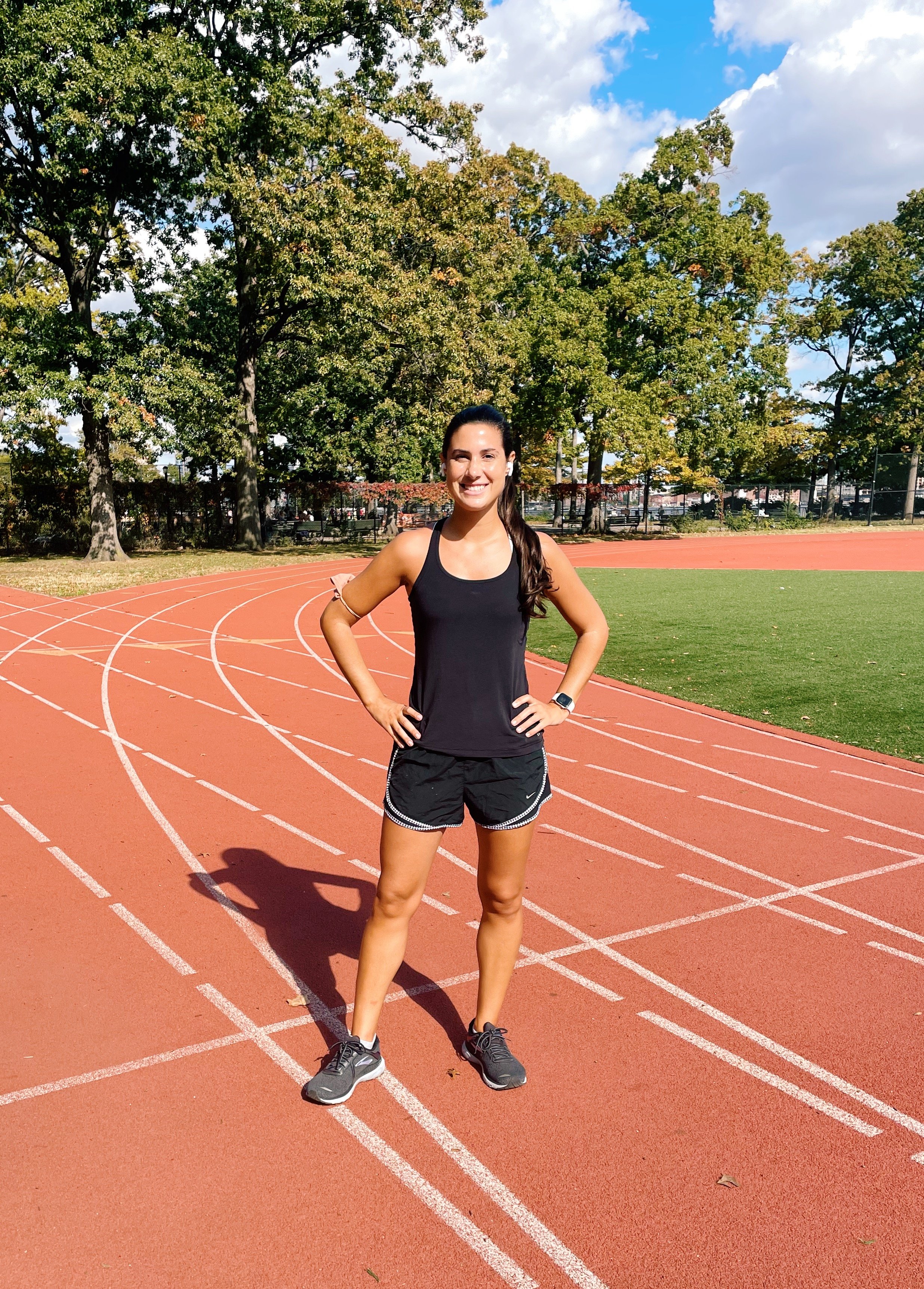











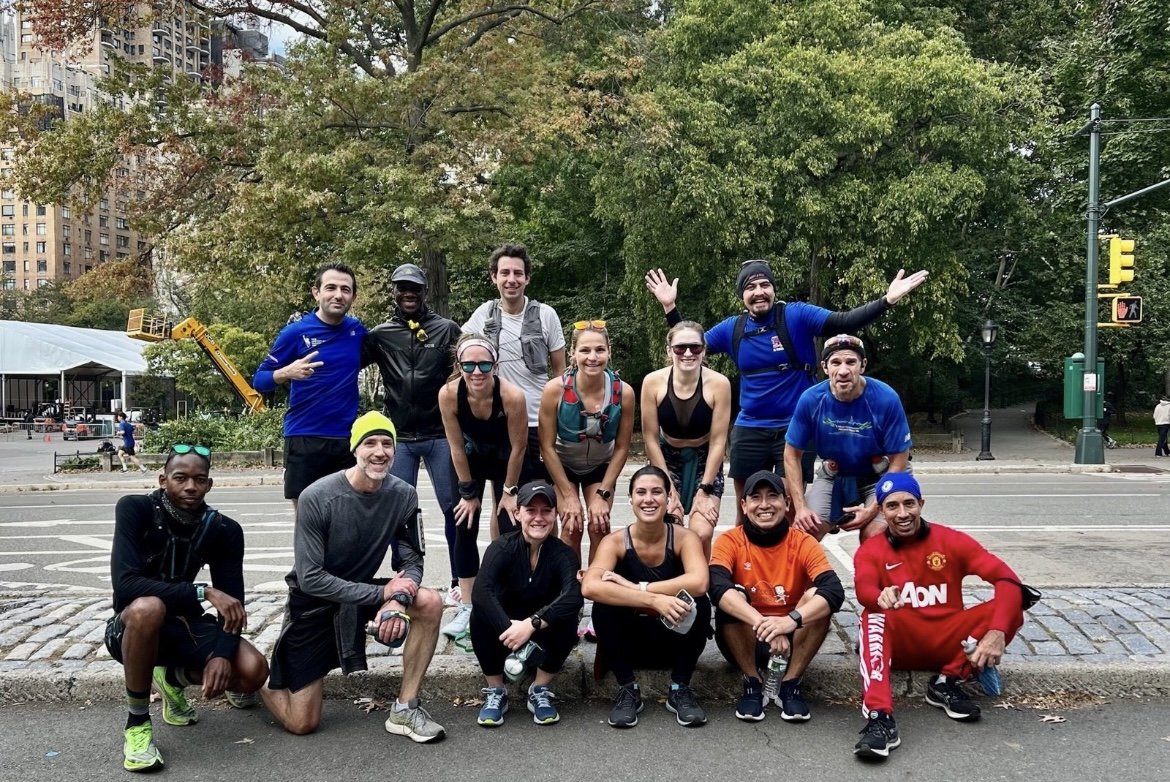
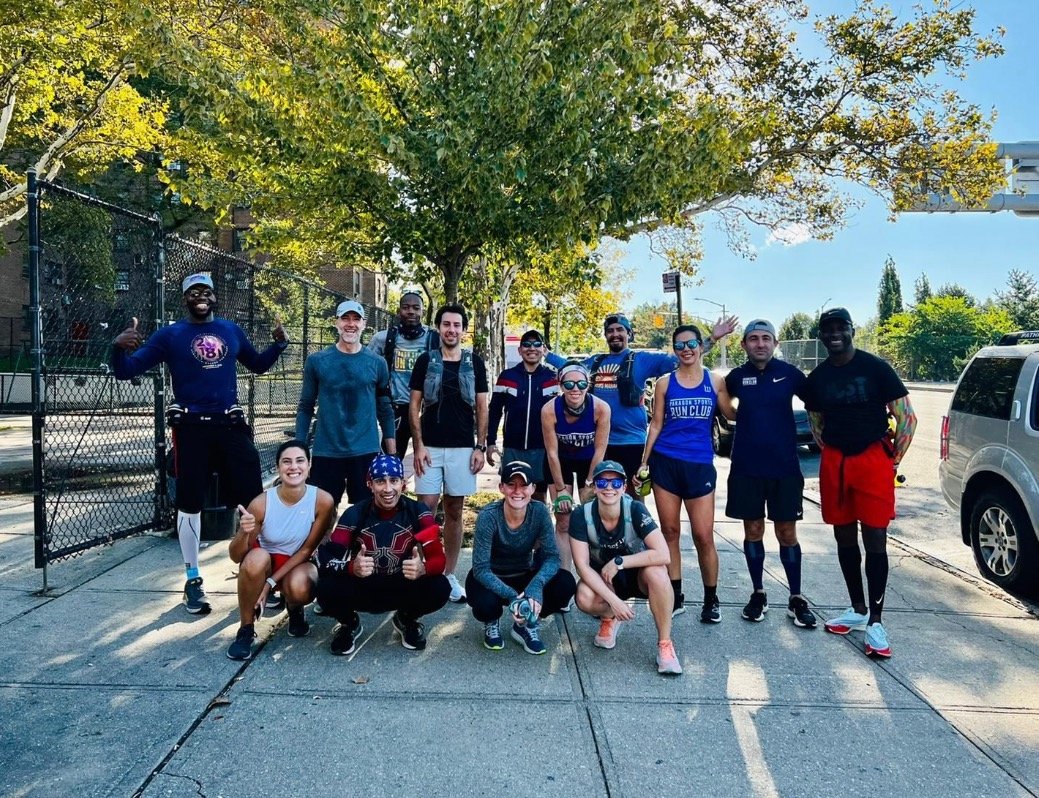








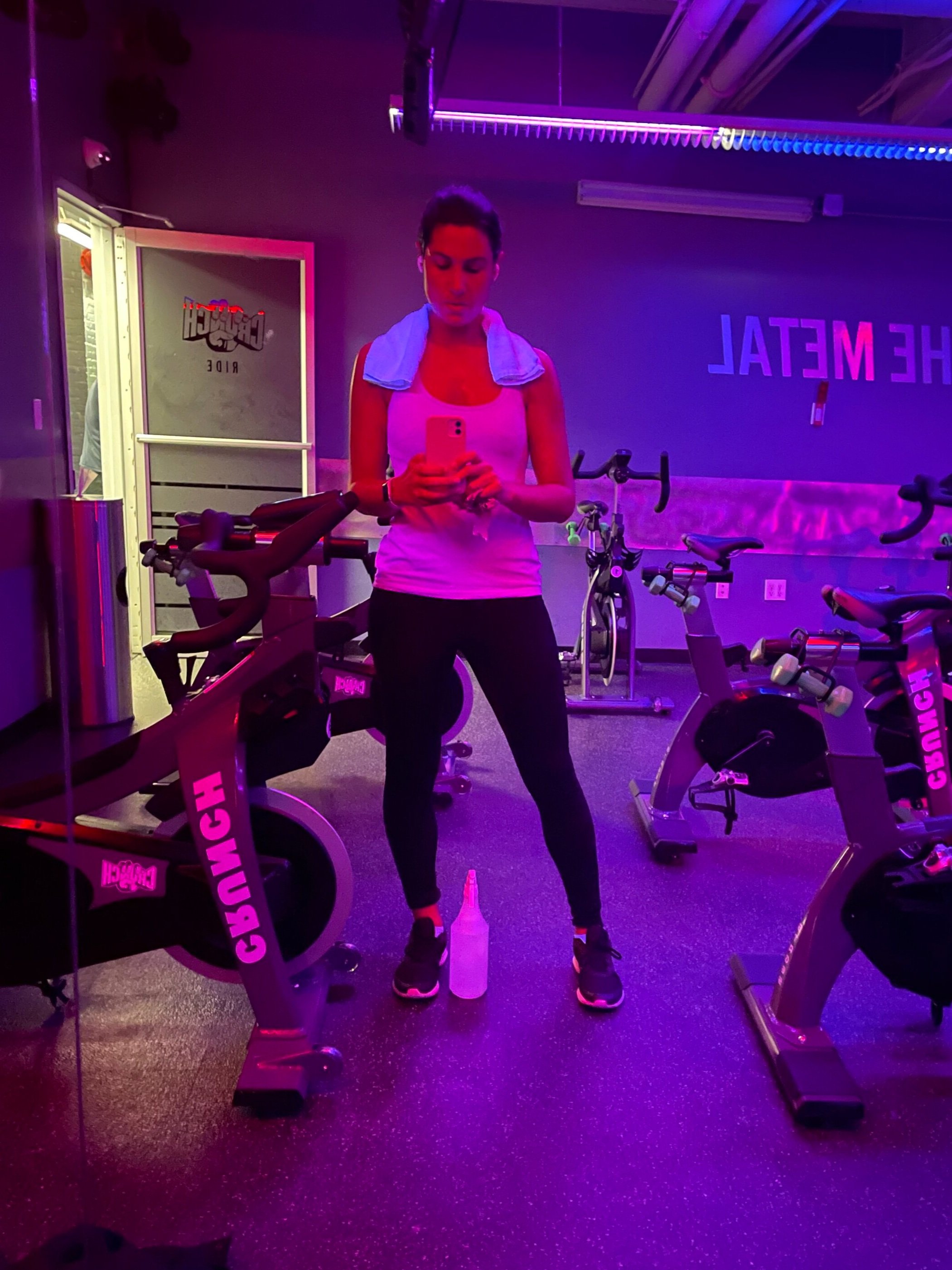



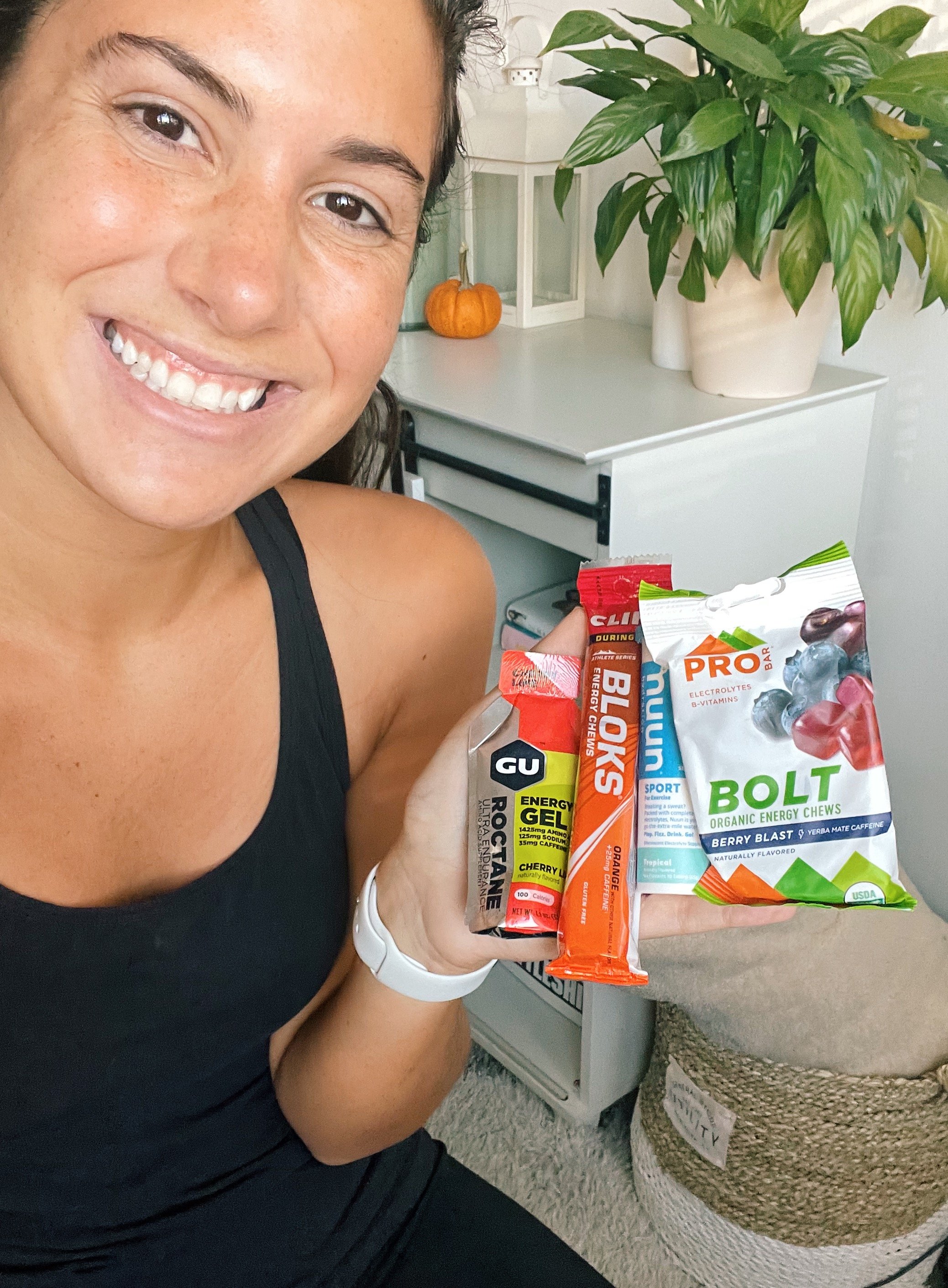



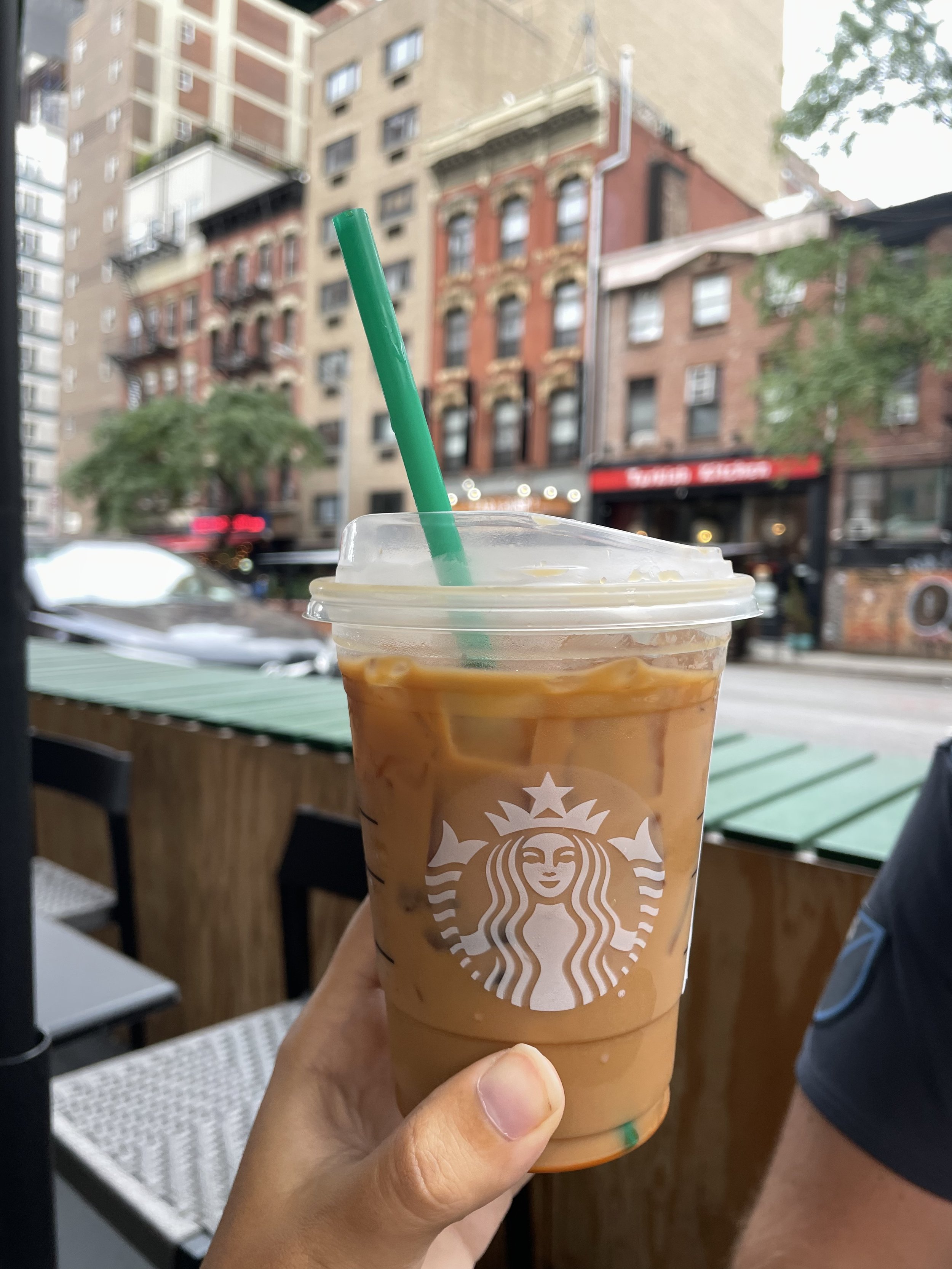







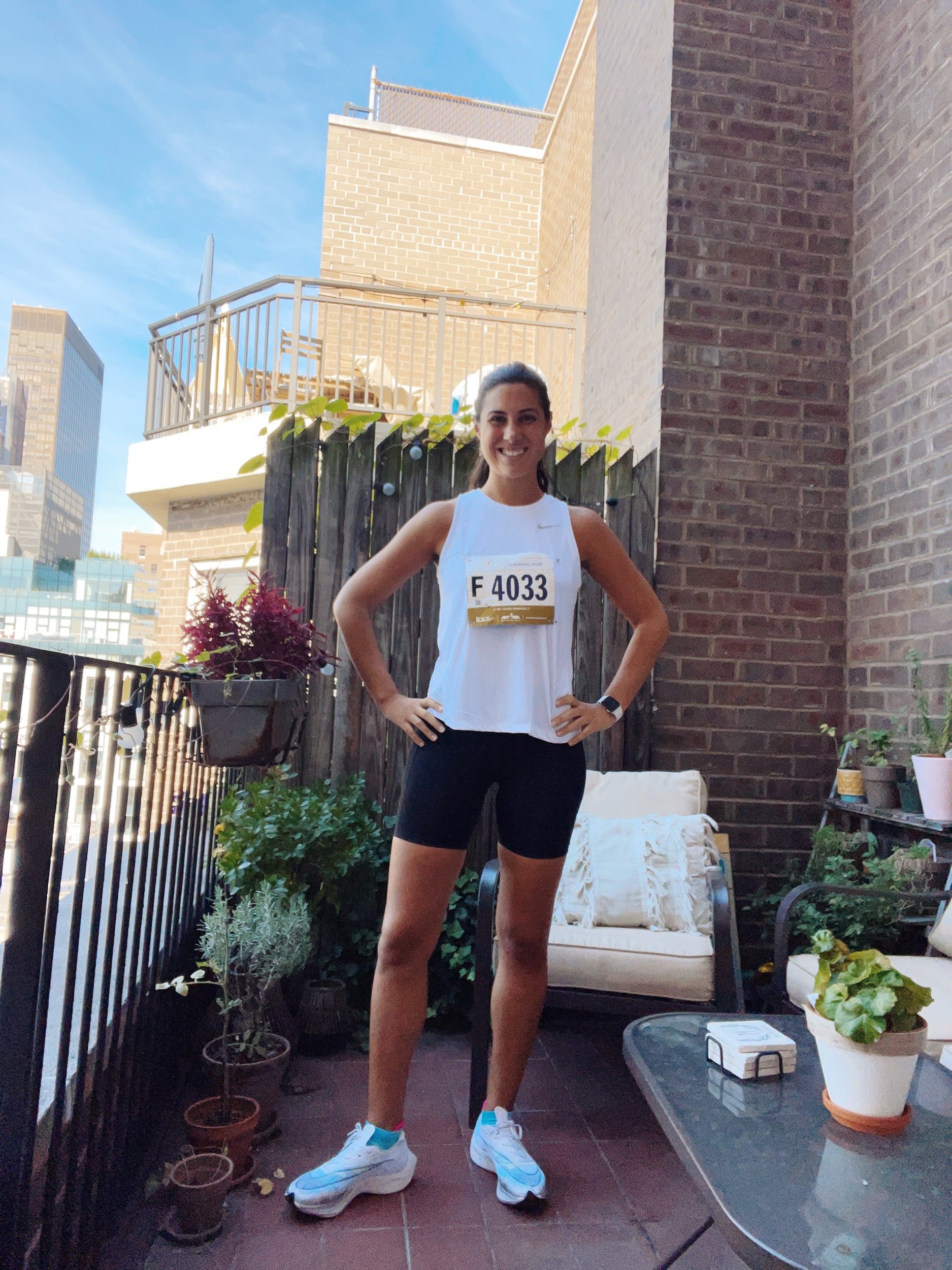


My experience running my first marathon, how it felt, the biggest lessons I learned and whether I’d do this over again!